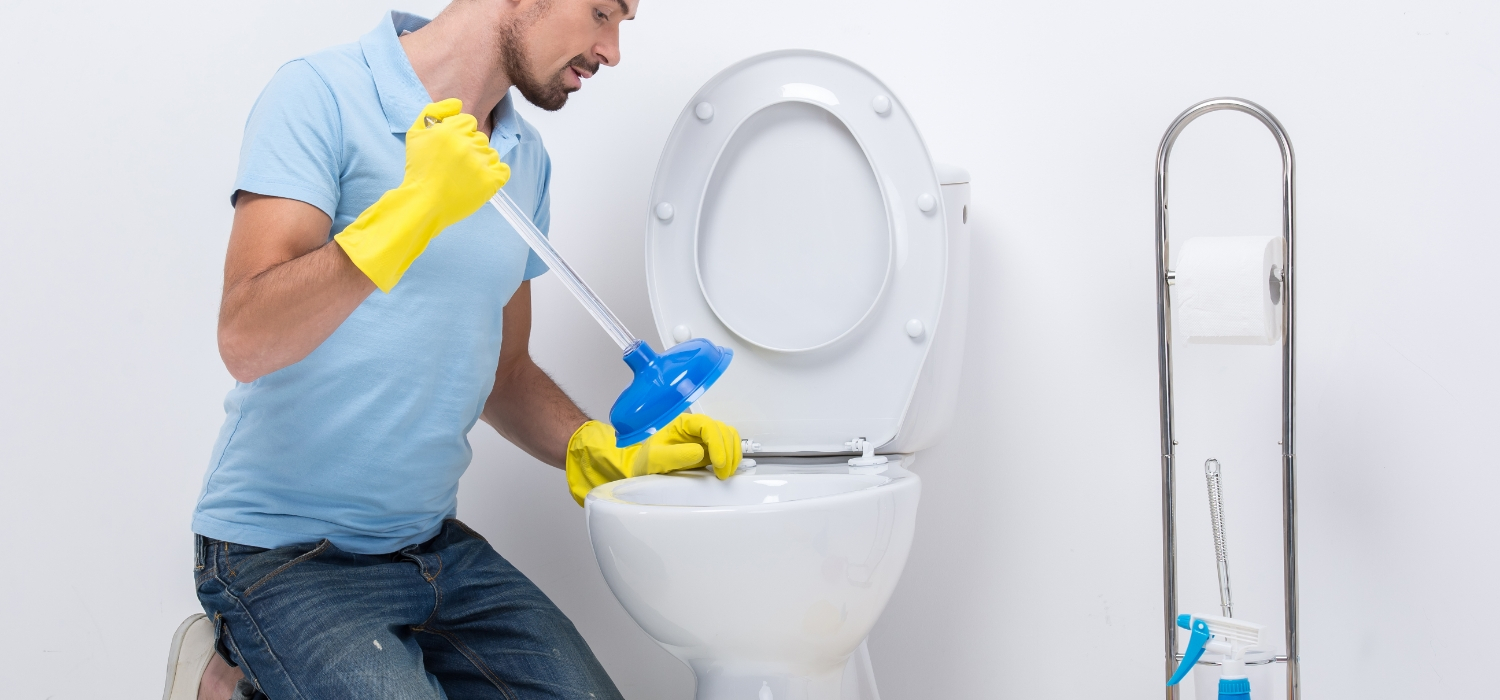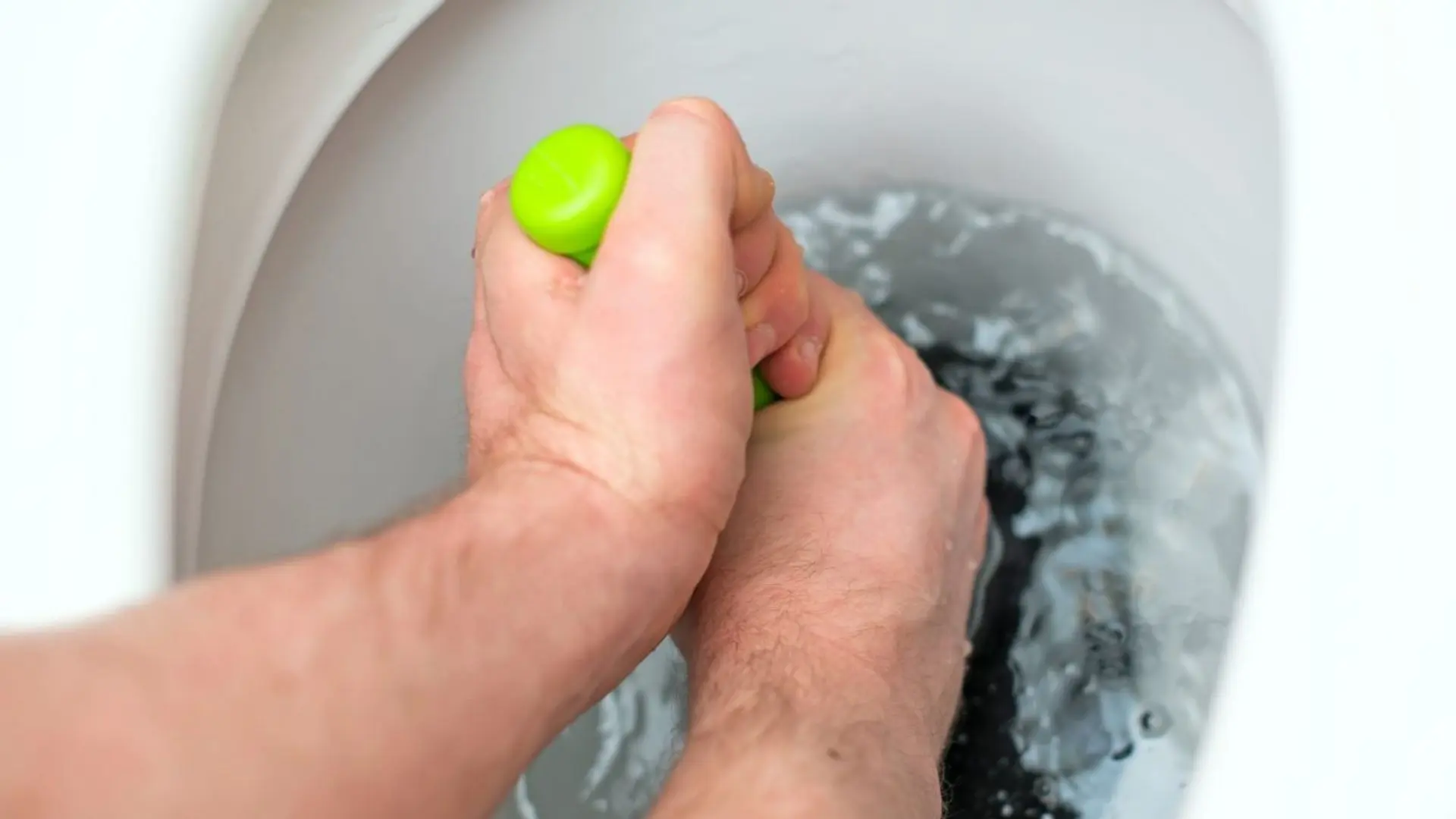The article author is making several good observations related to 8 Tips For Clearing A Blocked Drain overall in this post beneath.

Intro
Dealing with an obstructed drainpipe can be an irritating experience, disrupting everyday tasks and possibly triggering damages to your home. However, prior to connecting to plumbing specialists, there are steps you can take to deal with the concern on your own. In this overview, we'll discover DIY services and preventive measures to deal with a blocked drainpipe effectively.
Determining the Problem
The primary step in resolving a blocked drain is acknowledging the signs. Slow drain, gurgling noises, foul odors rising from drains, or water backing up are common indicators of an obstructed drain. Determining these indicators early can assist avoid further difficulties.
Typical Reasons For Obstructed Drains
Comprehending the elements that contribute to drain clogs is essential for efficient resolution. Usual culprits consist of hair, soap residue, oil, food debris, and foreign items like sanitary products or paper towels. Tree origins getting into below ground pipes can also cause significant clogs.
DIY Solutions
For small obstructions, several do it yourself options can be efficient. Putting boiling water down the drainpipe can help liquify oil and particles. Baking soda and vinegar or a blend of salt and baking soft drink can function as all-natural cleaners. Using a plunger or pipes serpent to dislodge blockages is another choice.
Devices and Equipment
Having the right tools on hand can make do it yourself drain cleansing more effective. A bettor is a versatile tool for clearing obstructions in sinks, bathrooms, and showers. A plumbing snake or auger can get to much deeper clogs, while drain cleaning chemicals can be utilized very carefully for stubborn blockages.
Safety nets
To stay clear of future clogs, embracing preventive measures is crucial. Mount drainpipe guards or strainers to capture hair and debris before they get in the pipes. Consistently flush drains with warm water to dissolve grease build-up, and avoid taking care of oil or solid waste down the tubes.
When to Call a Professional
While DIY remedies can resolve minor blockages, specific indications suggest the need for professional assistance. Consistent clogs, foul odors regardless of cleansing initiatives, or numerous drains pipes backing up all at once are warnings that call for skilled intervention.
Picking the Right Plumbing Solution
When selecting a pipes service, take into consideration variables such as experience, licensing, and client reviews. Select a credible plumbing professional with a performance history of quality handiwork and transparent prices techniques.
Price Considerations
The cost of expert drainpipe cleaning company can differ depending upon the seriousness of the clog and the plumbing technician's prices. Demand quotes from several suppliers and ask about any type of additional charges to guarantee transparency and stay clear of surprises.
Security Measures
When attempting do it yourself drainpipe cleaning, prioritize safety. Use safety handwear covers and eyeglasses to stay clear of contact with dangerous chemicals or bacteria. Never blend different drainpipe cleansing products, as this can create harmful fumes.
Situation Researches
Real-life instances illustrate the effectiveness of DIY solutions and the importance of timely professional treatment in fixing drain blockages.
Verdict
By adhering to the ideas detailed in this overview, you can successfully take on obstructed drains and stop future plumbing issues. Whether selecting DIY services or looking for expert help, timely activity is vital to preserving a healthy and balanced pipes system and preserving the stability of your home.
WHAT I LEARNED FROM TRYING TO DEAL WITH A CLOGGED DRAIN
We have had our share of seepages and other annoying things that are part of living, especially in an apartment complex. And if there’s one thing that’s terrifying for a homeowner—or even someone in a rented home—it is a clogged drain, indoors or outdoors.
We enjoy our living space, but it’s simply a fact of life that dead skin, soap and a host of other items go down the drain; eventually, the residue builds up and prevents anything from moving. Ugh.
Not Calling A Professional
Of course, it might seem simple to just whip the pipe off under the sink and see if you can unblock it. Unfortunately, what if the blockage isn’t there, or you don’t reconnect it properly? Worse, you might break a piece and have no drainage system. Can you imagine that scene? Yuck!
Not Watching Your Waste
This will sound d’uh, but the best tip I can give you for drain cleaning is to avoid clogging the drain in the first place! You can do this by monitoring what goes down the drain and catching the items which are most likely to give you a problem. Invariably hair, vegetable peels, and large wads of toilet paper are the most obvious culprits. Add a filter—these are available in hardware stores and can be removed and cleaned easily.
Poking The Drain
The first urge with a clogged drain is to poke at it with a stick or anything that resembles a stick. Sadly, this does not result in magically solving the issue. The mental image is, naturally, one of the stick just pushing through the offending item and all is well again. Reality is quite different and unpleasant and likely to lead to further problems.
The thing is, every drain has a series of bends that are not visible to us. Drains are built this way to prevent gases from entering the house. What happens when you poke a stick into the drain? Of course, it can’t bend around the corner. The more adventurous people will use force and end up wedging the stick or causing it to break off in the pipe—creating an even bigger issue. Worst thing? The stick will shift the block further down the pipe, creating the space for more to collect. Go ahead! Roll your eyes!
Using The Wrong Plunger
You know what they say: the right tool for the right job! Did you know there are different types of plungers besides the basic one we keep at home for an emergency? Yes, there are. For example, the toilet plunger has a bell-shaped bottom while the sink plunger is flat. This is an important difference and using the wrong plunger will be useless. There’s also a knack in using plungers—they must be placed in such a way that they create an airtight seal and then, moved slowly up and down—not as fast as we imagine.
https://vidyasury.com/2018/01/learned-trying-deal-clogged-drain.html

I was made aware of that write-up on 8 Tips For Clearing A Blocked Drain through someone on our other domain. Sharing is nice. Helping others is fun. Thank you for going through it.
Website